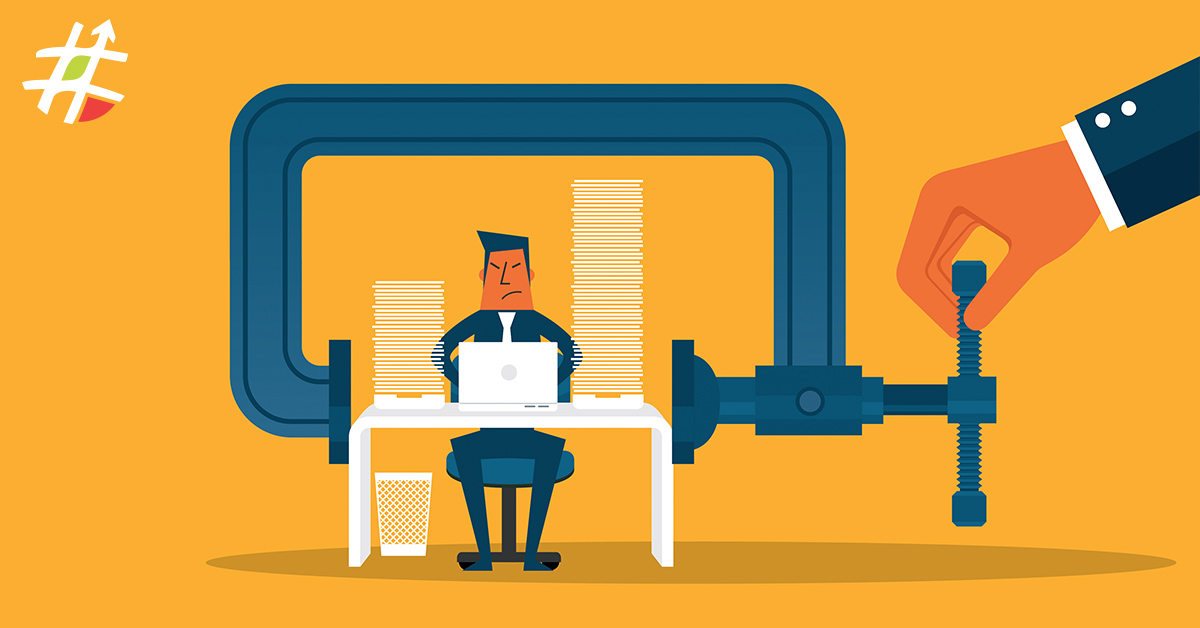The construction industry is under significant pressure at the moment. A perfect storm of expensive, scarce materials coupled with extra compliance reporting obligations have brought the pain, and its focal point is the procurement team.
With rising prices, businesses in this industry are under pressure to come up with cost-effective solutions. If you want your procurement team to deliver value in these turbulent times, you need to arm it with powerful data analytics.
Price Pressures in the Construction Industry
The Issue
A confluence of events has seen materials in the construction industry become scarce and prices sky-rocket. First, there was the COVID pandemic, which saw nearly every Australian state government invest heavily in infrastructure. With so many projects on the go at once, demand for labour increased and delays and disruptions ensured.
Then record levels of rain fell on the east coast, leading to flooding events which caused further delays. To top it off, Russian then decided to invade Ukraine, sending oil prices into the stratosphere along with the cost of materials.
We’ve since seen double-digit inflation. Considering the construction industry only sees single digit profit margins and must lock in prices for projects that take years to complete at the best of times, this has been particularly stressful.
High-iron content materials, such as structural steel, cables and ductwork, have seen significant increases in price, while many contractors are reporting a 70% increase in supply costs.
This issue isn’t going away soon. The project pipeline is still congested, and materials and labour will be fought over tooth-and-nail for years to come.
The solution
Right now, the procurement team that can locate the best deals on materials and labour holds the highest value in the construction industry. So, the question is, how do we give our procurement teams this capability?
With cost pressures as they are, bringing on extra personnel is not a viable option for most organisations. The most cost-effective method in the current climate is investment in data analytics. Cutting-edge AI and machine learning can give procurement teams the edge through greater visibility and predictive software.
Here’s an example. Right now you can make use of software that scans news sites for particular keywords. For instance, you might instruct it to search for any articles containing references to a port a supplier of yours users and ‘labour strikes’. These events are always heralded on news platforms. You can see it before it happens, and switch suppliers before your goods become stranded on a ship.
Modern Slavery Reporting
The Issue
The Modern Slavery Act came into effect on 1 January 2019, obligating any business or entity in the Australian market with a revenue of at least $100 million to report annually on their efforts to identify and address their modern slavery risks.
This is an important and necessary requirement. Slavery isn’t consigned to history; it is alive and well in our modern, progressive societies. Here are some figures:
- 40.3 million people live in slavery worldwide
- 24.9 people are in forced labour
- 16 million people are exploited in global supply chains in the private sector
We need to be doing more to reduce the risks of modern slavery within our global supply chains, no doubt. But it’s a difficult and burdensome task.
Businesses are required to report on the efforts they’re making to identify and nullify modern slavery in their supply chains. This includes identifying potential risks to their workforce, customers and clients, and the supply chain in general.
The following are types of modern slavery businesses need to be on the lookout for:
- Human trafficking
- Slavery
- Forced labour
- Worst forms of child labour
- Debt bondage
- Deceptive recruitment for labour or services
The main issue for businesses when it comes to modern slavery reporting is gaining an appropriate level of visibility into their supply chain.
The solution
The modern organisation has a vast and sprawling supply chain. The Commonwealth Bank works with nearly 7000 suppliers, while some large multi-national companies, like the French energy company Total, is said to have around 150,000.
Any one of these can be partaking in modern slavery. It’s not enough to state that you vet your first-tier suppliers and rely on them to do the same for the second-tier, and the second-tier to do the same for the third, and so on.
Ignorance is no longer bliss.
Deep visibility of the supply chain is what’s needed to properly assess its modern slavery risk, and data analytics powered by modern AI and machine learning is the only way to gain it. It’s the fastest and most accurate way of collecting and organising all the data a company has regarding its supply chain. There are numerous ways in which this data can then be presented according to what information is being sought.
Without analytics like this, not only is it impossible to detect where modern slavery lives in your supply chain, it’s impossible to report that you are doing enough in this important area.
Beat rising costs with powerful data analytics
Tendering conditions are heating up and modern slavery reporting is now an annual requirement. Procurement plays the key role in both of these areas, but it needs help. Data analytics is the most cost-effective and appropriate tool when uncovering strategic sourcing opportunities and modern slavery risks in the supply chain.








